




Understanding Copper, It Uses and Properties
Have you ever wondered about the things we use every day, what they are made of, and why they don’t burn if you use them overheat? The utensils that we use daily are made of metals. Metals are sturdy and long-lasting and thus are used in the making of many things like automobiles, cooking utensils, etc.
Metals like aluminium, iron, calcium, and sodium are plentifully available on the Earth's crust. They are available in the vast majority as they do not react with other elements. But today, let us focus on collecting information on copper, copper properties and uses.
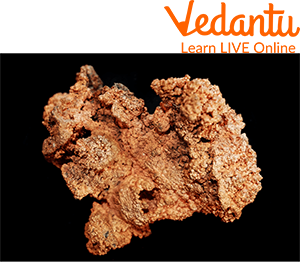
Copper - The Main Metal
Introduction to Copper
The word copper has been derived from the Latin word Cuprum, which came from the Latin word for the island of Cyprus, the place where Copper was found. Copper is a metal that is reddish-gold in colour, flexible, malleable, and is a good conductor of heat and electricity.
Copper in the periodic table is in the 11th group. Copper easily combines with other metals to form widely used alloys such as brass and bronze. Copper can be recycled easily, about 70% of the copper which is in use has been recycled at least once.
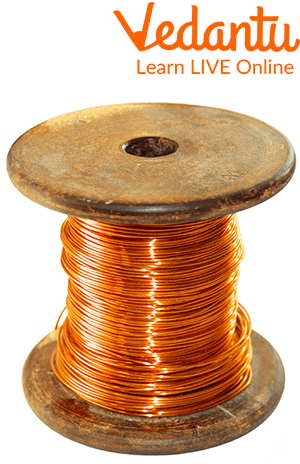
Copper- Easy to Use
Properties of Copper
The following list presents a few commonly known properties of copper.
Symbol: Cu
The Atomic Number of Copper: 29
Atomic Weight: 63.546
Boiling Point: 2,567 oC
Melting Point: 1,083 oC
Number of Protons: 29
Number of Electrons: 29
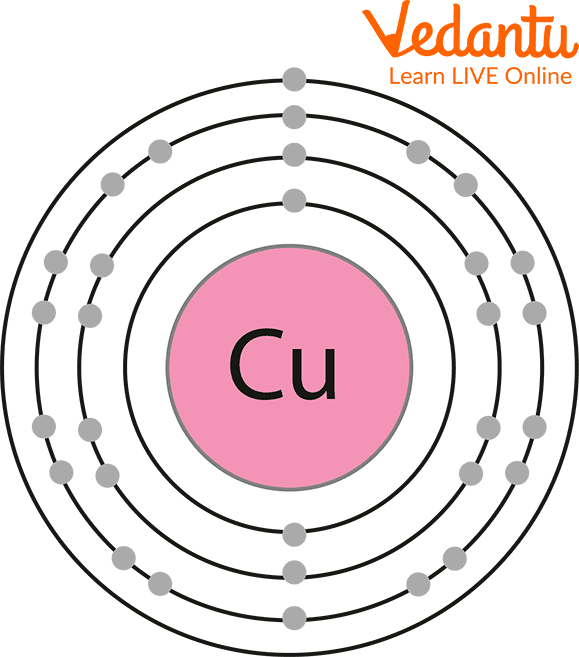
The Shell of Copper
Things Made with Copper
Copper is the most flexible metal with many uses. It often appears in items that we use in our everyday life. Some of the things made out of copper are:
Kitchen Items: The cutlery which is used in your kitchens, most likely contains copper in it. Cookers have been made from Copper for generations. You will come across a lot of antique copper cookers if you visit an older home, in fact, modern cookers also contain copper.
Brass Items: Many items that we use in our everyday routine are made with Brass, which is an alloy made of zinc and copper. All the things that you come across in your house that are made of brass naturally contain copper. The brass lamps that we use at our place contain about 7 pounds of copper, and can you believe how much copper a brass fireplace contains? 10 pounds of copper!
Constructive Materials: Copper is said to be a flexible metal, but it is also a stable material which is why it is used in all sorts of constructive applications. You can also find copper in nails, staples, and power tools, even your air conditioners contain copper in them.
Electronics: Copper is most commonly used in electronic devices. Almost all electric wires, transformers, conductors, and motors use copper because of its efficiency.
Transportation: The transportation industry mostly runs on items made out of copper. Even electric cars roughly contain 55 pounds of copper. Talking commercial aeroplanes, contain about 118 miles of copper wiring.
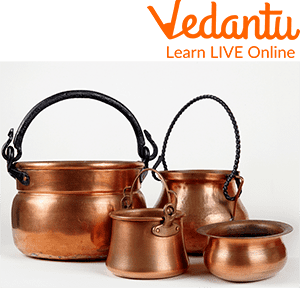
Things Made with Copper
Interesting Facts About Copper
Now, let’s make facts about copper more fun and engaging. Here are some interesting facts for kids that will fascinate them.
Copper was the first ever metal that was used by man.
In the periodic table, copper can be found as the first element in the eleventh column.
Do you know where you can find copper? Copper is said to be found in the earth’s crust.
Copper is amongst the few metals that are either grey or silver.
Do you know what is used to kill algae and fungi in rivers? It is none other than Copper sulphide.
The largest piece of copper that was ever found was about 520 tons.
Chile is the copper mining capital that produces one-third of copper in the world.
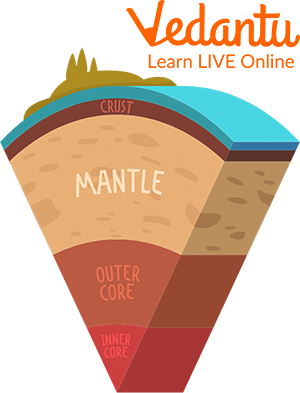
Earth’s Crust
Environmental Effects of Copper
It is a universal fact that a coin has two sides - a positive as well as some negatives. Copper also has some effects that can be coined as hazardous. Let’s see some of them.
The first and foremost is that as copper does not break down in the environment, animals and plants may collect the particles, if and when found in the soil. Plants on soil based on copper have a less chance of survival.
Copper is a severe threat to the farmlands and affects production as well.
Depending upon the acidity that is present in the soil, copper tends to impact the farmlands.
By and large, it is sheep that suffer the most from copper poisoning.
One cannot have copper-based factories near lands that are used for farming.
As copper interferes with soil activity and affects the activities of microorganisms and earthworms.
Summary
In this article, we have learnt about copper properties, uses, atomic number of copper, melting point, boiling point and much more. These properties make copper a perfect material for the making of electrical products as it is a good conductor of electricity. To conclude, we say that copper is an element that has numerous properties, and its uses in daily life cannot be ignored. We hope you enjoyed reading this article; head to our website to read more of such similar articles on metals.
FAQs on Interesting Facts About Copper
1. When was copper discovered?
Copper is listed among the earliest metals that were identified and used. Even though we cannot precisely mention the exact time of its discovery, it is said copper was discovered as early as 4000 B.C. when a pendant made with copper was discovered.
2. How much copper can one find in a penny?
Before 1982, pennies were made with copper which constituted about 95% and 5% was zinc. But after that, it was reversed, that is 97.5% zinc and 2.4% copper. This was done as copper was far more valued than the penny.
3. What makes the Statue of Liberty green in colour?
Surprisingly, the Statue of Liberty in the US is made completely with copper and was initially brown. Even though copper does not come as a reactive element, it reacts quite slowly with water and air. Slowly because of oxidation - when air and water reacted with copper - the statue has turned green in colour.









